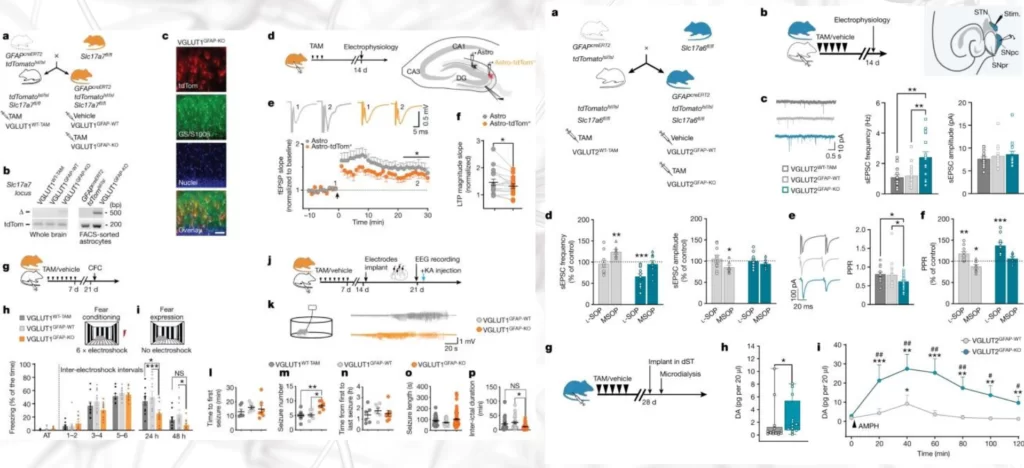What is a Hybrid Brain Cell? Hybrid brain cells function – Neuroscience Discovery
Every exploration starts with science. In neuroscience, scientists made some extraordinary discoveries. Some believe in discovering the most advanced brain cell – named as Hybrid Brain Cell.
In a recent journal published by Nature, a team at the University of Lausanne in Switzerland explained a newly found brain cell. It is a hybrid between a neuron and an astrocyte, a non-neuronal glial cell essential for neurons in the brain and spinal cord. The team at the university believes that these special cells are present in some specific regions of the brain, not just like astrocytes found in many regions. Research suggests that these are capable of producing the neurotransmitter called glutamate, which controls the activeness and excitement of a neuron.

“In between neurons and astrocytes, we now have a new kind of cell at hand. Its discovery opens up immense research prospects.” Andrea Volterra, the paper’s senior author and a neuroscientist at UNIL, said in a press release. “Our next studies will explore the potential protective role of this type of cell against memory impairment in Alzheimer’s disease. It will also explore its role in other regions and pathologies than those explored here.”
Hybrid Cells influence whole neural communication and processing
The question here is: How these hybrid cells can influence whole neural communication and processing? The researchers implemented a specialised imaging technology to observe glutamate being released in the living mouse brain tissue. They saw that hybrid cells could release glutamate quickly in particular locations where neurons connect.

These special cells are currently being recognised as glutamatergic astrocytes – the very first of their kind. Volterra says that he and his team members are planning for further studies to dig deep into the role of these hybrid cells in brain diseases like Alzheimer’s and Parkinson’s, as well as bipolar disorder. This breakthrough will help medical sciences to decide on treatments and medications through future studies for neurological conditions.
A number of these new brain cells are yet to be explored by researchers and their presence in the CNS (central nervous system). Currently, these findings are based on the mouse brain models. Undoubtedly, glutamate and VGLUT are present in humans but this needs to be validated in human-based studies.
Let’s see what kind of fruitful knowledge we could get further with this in the upcoming months. Check out our more articles and stay tuned for updates.
Can new brain cells be created? | Can we recreate brain cells?
This is the most exciting and asked question in the field of neurosciences. The answer is yes, in recent discoveries, there is evidence and a theory on how brain cells generate throughout life. Most of these cells were created when we were born but neurogenesis is a lifelong process.




I hope they could get something related to artificial brain cell creation and development soon.
Stay Tuned, we will soon cover this research.
What if neurons gets damaged due to an accident ?
It depends on the damaged areas and prognosis. Recovery time and condition may vary according to the damage occur during an accident.